- Written By Team DWS
- Festivals
- August 20, 2025
How to Celebrate Maha Ashtami at Home: Step-by-Step Rituals
Introduction
Maha Ashtami, also known as Durgashtami or “Ashtami Tithi” during Navratri/Durga Puja, is one of the most spiritually charged and significant days in the Hindu calendar. It falls on the eighth day of the Shukla Paksha during the Navratri festival, usually in September or October, and marks the day of worshipping Goddess Durga in her fiercest and most protective form—Mahishasura Mardini, the slayer of the buffalo demon.
In temples and grand pandals, Maha Ashtami is observed with elaborate rituals, Sandhi Puja (performed at the juncture of Ashtami and Navami), and Kumari Puja. However, it is equally powerful and spiritually rewarding to celebrate it at home with devotion, rituals, and pure intentions. You don’t have to have large gatherings or grand decorations; the heart of celebrating Maha Ashtami lies in your sincerity and adherence to the symbolic steps of worship.
If you want to celebrate Maha Ashtami at home but are unsure about where to begin, this guide will walk you through the rituals, traditions, and practical steps in detail so you can create a sacred atmosphere without confusion.
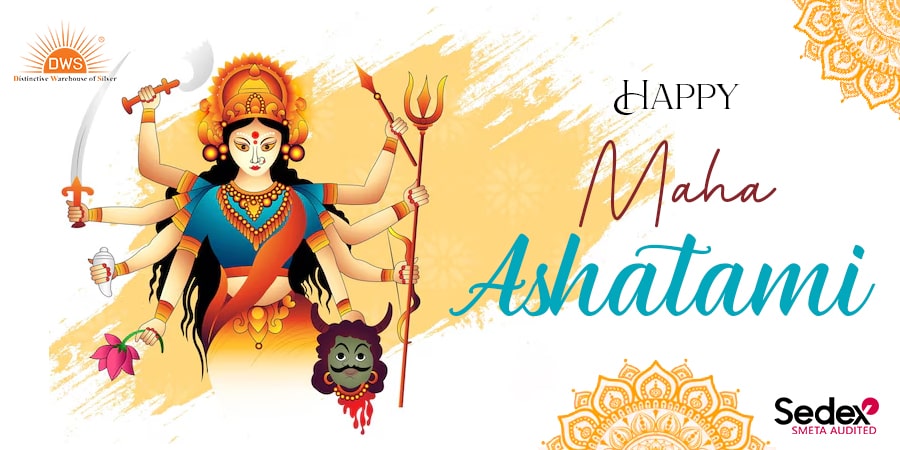
Importance of Maha Ashtami
Before diving into the rituals, it’s important to understand why Maha Ashtami is considered the pinnacle of Navratri/Durga Puja.
- Spiritual Significance: Maha Ashtami represents the triumph of divine feminine energy over evil forces. It is believed that Goddess Durga killed the demon Mahishasura on this day, showcasing the strength of righteousness.
- Sandhi Puja: Sandhi Kaal, the 48 minutes marking the juncture of Ashtami and Navami, is considered the most sacred moment. Many devotees light lamps or perform small pujas during this exact time to invoke divine blessings.
- Blessings of Shakti: Prayers on Maha Ashtami align devotees with the power of Shakti (divine feminine energy), which grants courage, prosperity, and protection.
- Family and Cultural Bonding: Beyond spiritual aspects, Maha Ashtami celebrations—whether in a pandal or at home—bring families together to cook prasad, recite mantras, dress in traditional wear, and nurture cultural roots.
________________________________________
Preparing for Maha Ashtami at Home
1. Clean Your Home and Space
- Begin by cleaning your house, especially the space where you will perform the puja.
- Purity of space is symbolic of purity of mind and devotion.
- Decorate the puja space with flowers, rangoli, and clean cloth.
2. Setting Up the Altar
- Place a picture or idol of Goddess Durga on a clean platform or altar.
- Cover the altar with a red, yellow, or white cloth (red is considered most auspicious).
- Place a kalash (sacred pot filled with water, mango leaves, and a coconut) beside the idol.
- Arrange items like flowers, fruits, incense sticks, diya (lamp), and prasad offerings.
3. Gathering Essential Puja Items
Some basic items you will need:
- Idol or image of Goddess Durga
- Kalash with coconut and mango leaves
- Red/white cloth
- Betel leaves, betel nuts, rice, haldi, kumkum
- Fresh flowers and garlands
- Fruits, sweets, coconut, dry fruits
- Panchamrit (milk, ghee, honey, sugar, curd for abhishek)
- Oil or ghee diyas
- Conch shell or bell
________________________________________
Step-by-Step Rituals for Maha Ashtami at Home
Let’s go through the rituals chronologically, so your puja flows smoothly.
________________________________________
Step 1: Morning Bath and Sankalpa
- Devotees wake up early, preferably during Brahma Muhurta (around 4–5 AM).
- After bathing, wear clean and traditional attire (women often prefer red/yellow sarees, men wear dhotis or kurta).
- Sit in your puja area, fold your hands, and take a Sankalpa (intention) to perform the day’s worship with devotion.
- Chant a simple prayer mentally: “Today, on Maha Ashtami, I worship Goddess Durga with devotion for the wellbeing of myself, my family, and all beings.”
________________________________________
Step 2: Ghata Sthapana (Kalash Sthapana)
- Place the kalash filled with water and betel leaves in front of the deity.
- Decorate the coconut on top with red cloth, symbolizing Shakti.
- This represents the presence of divine energy in your house.
________________________________________
Step 3: Invocation of Goddess Durga
- Light an oil or ghee lamp (akhand diya if possible).
- Offer flowers, akshata (unbroken rice), and vermilion to the goddess.
- Recite Durga mantras or even a simple “Om Dum Durgaye Namah.”
- If you have time, chanting Durga Saptashati (Devi Mahatmya) is considered very auspicious, or at least a few chapters of it.
________________________________________
Step 4: Pushpanjali (Floral Offering)
- Prepare a plate with flowers, bel leaves, and grains of rice.
- Offer them with folded hands at the goddess’s feet while chanting mantras.
- Pushpanjali symbolizes surrendering your heart and mind to the divine.
________________________________________
Step 5: Kumari Puja (Optional but Powerful)
- One of the most significant rituals is Kumari Puja, where young unmarried girls (representing the goddess herself) are worshiped.
- Invite 1, 3, 5, 7, or 9 young girls (generally below 10 years old).
- Wash their feet, apply chandan (sandalwood paste), roli, and tie a sacred thread around their wrists.
- Offer them food like puri, chana, halwa—traditional Ashtami bhog.
- Gift them small presents or dakshina.
- If you cannot invite girls, you can symbolically worship a small idol/doll as Kumari.
________________________________________
Step 6: Bhog Preparation and Offering
On Maha Ashtami, the bhog is simple, sattvic (vegetarian and pure).
Traditional offerings include:
- Puri (wheat deep-fried bread)
- Kala chana (black chickpeas)
- Halwa (semolina sweet)
- Fruits (especially bananas and apples)
- Coconut and dry fruits
Offer these to the goddess with incense, diya, and mantras. After the offering, distribute the bhog as prasad to family and neighbors.
________________________________________
Step 7: Sandhi Puja (Evening – The Most Sacred Ritual)
- This puja takes place at the intersection (Sandhi Kaal) of Ashtami and Navami tithi (last 24 minutes of Ashtami + first 24 minutes of Navami).
- It is considered the exact moment when Goddess Durga transformed into Chamunda and killed the asuras Chanda and Munda.
- Light 108 lamps (if possible), or at least one large diya with devotion.
- Offer red hibiscus flowers, sindoor, fruits, incense, and mantras.
- Chanting the Devi Mahatmaya verses during this time is believed to remove obstacles and grant immense blessings.
________________________________________
Step 8: Arati and Conclusion
- Perform arati with a lamp and bell, singing devotional songs or bhajans dedicated to Goddess Durga.
- Seek blessings for strength, health, peace, and prosperity.
- End with pranam (bowing down) before the goddess.
- Invite family members, especially children, to participate fully, as it helps transmit cultural values.
________________________________________
Additional Ways to Enhance the Celebration at Home
- Dress in Traditional Attire: Wear festive clothes, preferably red, yellow, or maroon, symbolizing Shakti.
- Chanting and Meditation: Spend some time chanting “Durga Chalisa” or simply meditate on the goddess’s image.
- Fasting on Maha Ashtami: Many devotees observe a fast, taking only fruits and water until the puja concludes. Afterward, they eat prasad.
- Acts of Charity: Offering food or clothes to the needy on Maha Ashtami is considered equivalent to worshipping the goddess herself.
- Family Involvement: Engage children in making rangolis, decorating the altar, or reciting small prayers to build a sense of devotion early on.
________________________________________
Symbolic Significance of the Rituals
- Ghata Sthapana symbolizes inviting energy and divine presence at home.
- Kumari Puja represents honor to the feminine energy in its purest form.
- Prasad & Bhog reflect gratitude and the belief in sharing divine blessings with all.
- Sandhi Puja emphasizes the divine power to transition, transform, and vanquish negativity.
- Arati symbolizes light dispelling darkness, signifying knowledge over ignorance.
________________________________________
Do’s and Don’ts During Maha Ashtami at Home
Do’s:
- Keep your mind calm and focused.
- Follow sattvic lifestyle—eat vegetarian, avoid alcohol or non-veg.
- Use clean utensils and offer only freshly prepared food.
- Involve elders and children in prayers for holistic blessings.
Don’ts:
- Avoid anger, arguments, or negative conversations on this day.
- Don’t perform puja with unwashed hands or untidy clothes.
- Don’t waste food or prasad.
- Avoid skipping Sandhi Puja if possible—it is the heart of Maha Ashtami.
________________________________________
A Sample Day Plan for Maha Ashtami Puja at Home
Here’s an example of how you can structure your day:
- 5:00 AM – 6:00 AM: Bath, wear clean clothes, set Sankalpa.
- 6:00 AM – 7:30 AM: Kalash sthapana, invocation, mantra chanting.
- 8:00 AM – 10:00 AM: Prepare bhog in the kitchen.
- 10:00 AM – 12:00 PM: Pushpanjali, Kumari Puja, offering bhog.
- 12:00 PM – 2:00 PM: Family lunch with prasad.
- 5:00 PM – 6:00 PM: Light lamps and incense.
- 6:30 PM – 7:30 PM: Sandhi Puja rituals and chanting.
- 7:30 PM – 9:00 PM: Evening arati, bhajans, distribute prasad.
- Night: Conclude with gratitude prayers.

Conclusion
Celebrating Maha Ashtami at home is not about grandeur, but about devotion, discipline, and keeping the traditions alive in the heart of the family. By following simple steps—cleaning your space, setting up an altar, offering prayers, bhog, and participating wholeheartedly—you can create the same divine atmosphere that temple rituals provide.
Spiritual practices at home make family bonds stronger and infuse divine energy into your living space. If you dedicate this day to honoring Goddess Durga with full faith, you’ll feel immense positivity, inner strength, and blessings throughout the year.
Popular on Blogs
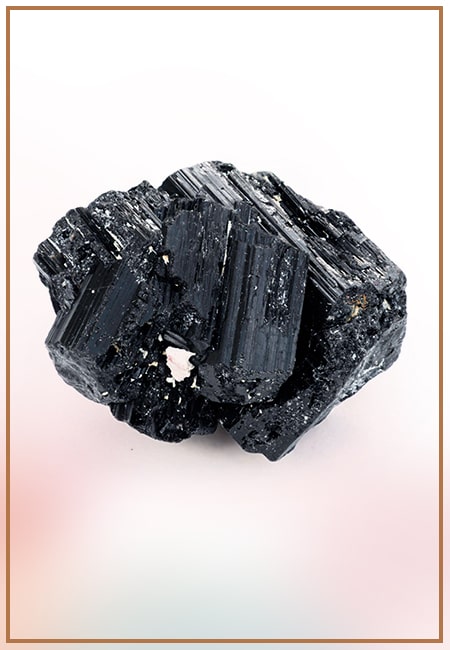
Black Tourmaline: Meaning, Healing Properties, Fascinating Facts, Powerful Attributes, Versatile Uses, and Beyond
September 05, 2023 / BY Team DWS
Black Tourmaline, also known as Schorl, is a highly revered crystal with incredible metaphysical properties. It derives its name from the Dutch word "turamali," meaning "stone with ..
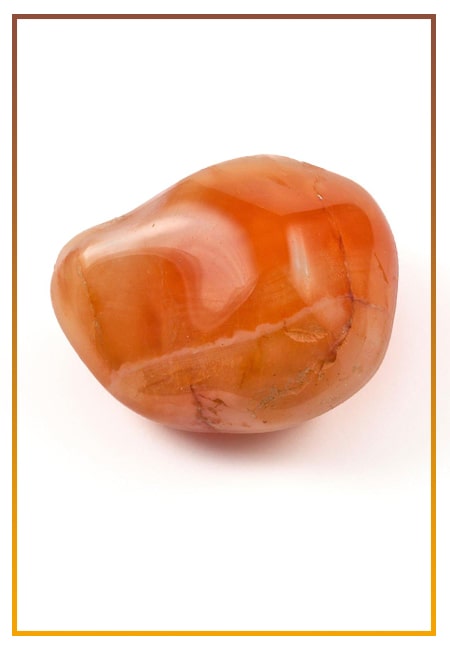
Carnelian Stone: Meaning, Healing Properties, Power, Facts, Color, Uses and More
December 26, 2023 / BY Team DWS
Carnelian is a vibrant and captivating gemstone that holds a plethora of meanings, healing properties, and powers. Its warm and fiery energy makes it a popular choice among crystal ..
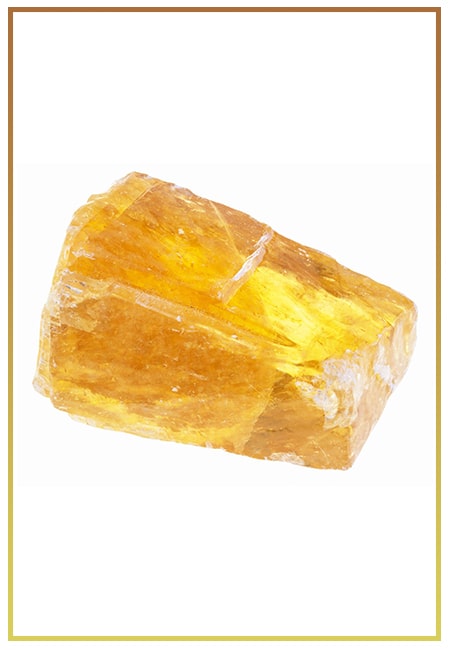
Citrine: Exploring its Meaning, Healing Properties, Fascinating Facts, Powers, Versatile Uses, and Much More
November 18, 2023 / BY Team DWS
Citrine, with its warm golden hues, has captured the attention and imagination of people for centuries. This beautiful gemstone, commonly associated with wealth and prosperity, hol ..

Black Onyx: Unveiling the Meaning, Healing Properties, Fascinating Facts, Powerful Attributes, Versatile Uses, and Beyond
July 25, 2023 / BY Team DWS
Black Onyx, a striking gemstone admired for its deep black hue and elegant appearance, has captivated people for centuries. In this comprehensive guide, we will delve into the mean ..
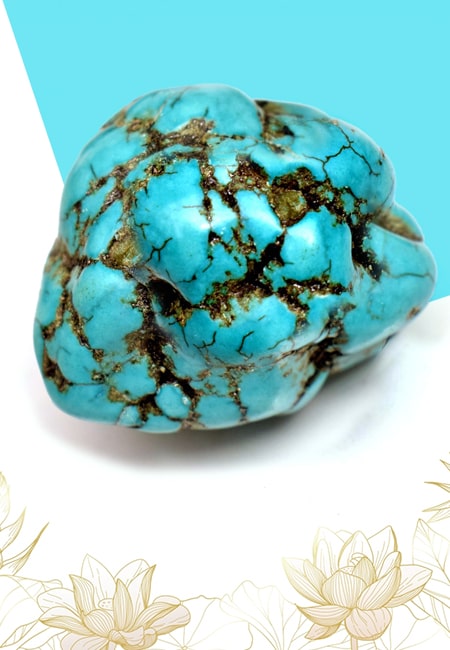
Unveiling the Mysteries of Turquoise Stone: Exploring its Meaning, Healing Properties, Power, Facts, Color, Uses, and More
December 05, 2023 / BY Team DWS
Turquoise, with its captivating blue-green hue, has been adorning jewelry and artifacts for centuries. This striking stone has a rich history, rich symbolism, and a plethora of int ..
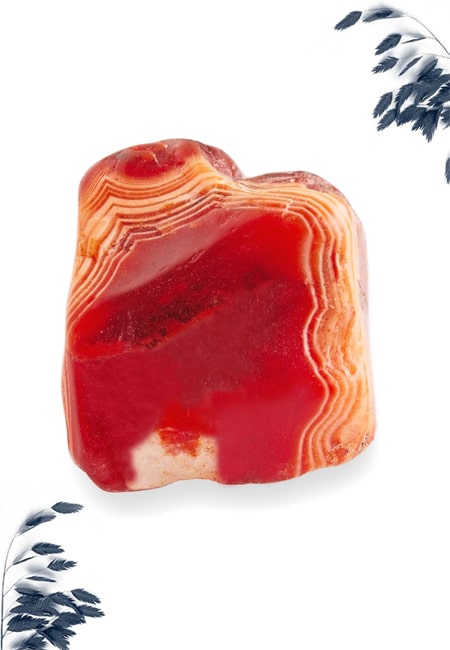
The History Behind The Popularity of Red Agate
December 23, 2022 / BY Team DWS
An Agate is a type of magma rock that takes many years till it is washed out naturally into the water. And that is the reason this stone has elements of water. This beautiful stone ..
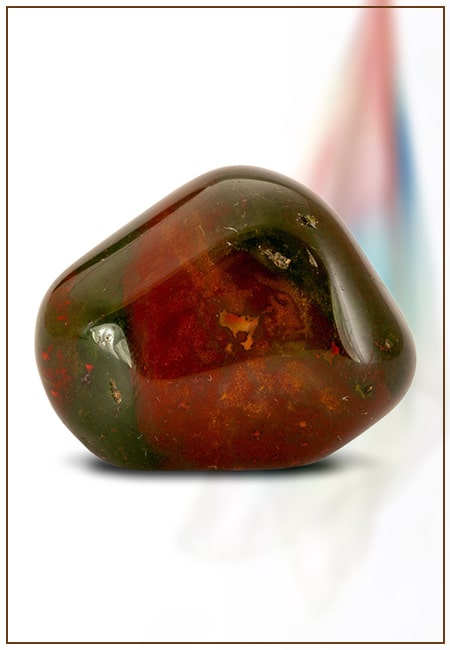
Bloodstone: Unveiling the Meaning, Healing Properties, Facts, Powers, Uses, and More
August 21, 2023 / BY Team DWS
Bloodstone, with its captivating deep green color with specks of red, is a mesmerizing gemstone that has fascinated civilizations for centuries. It possesses unique healing propert ..

Plan a Perfect Valentine's Week with Our Valentine Week List 2025
January 22, 2024 / BY Team DWS
Valentine's Day is undoubtedly the most romantic day of the year, but we believe that one day is just not enough to express your love and make your partner feel special. That's why ..


